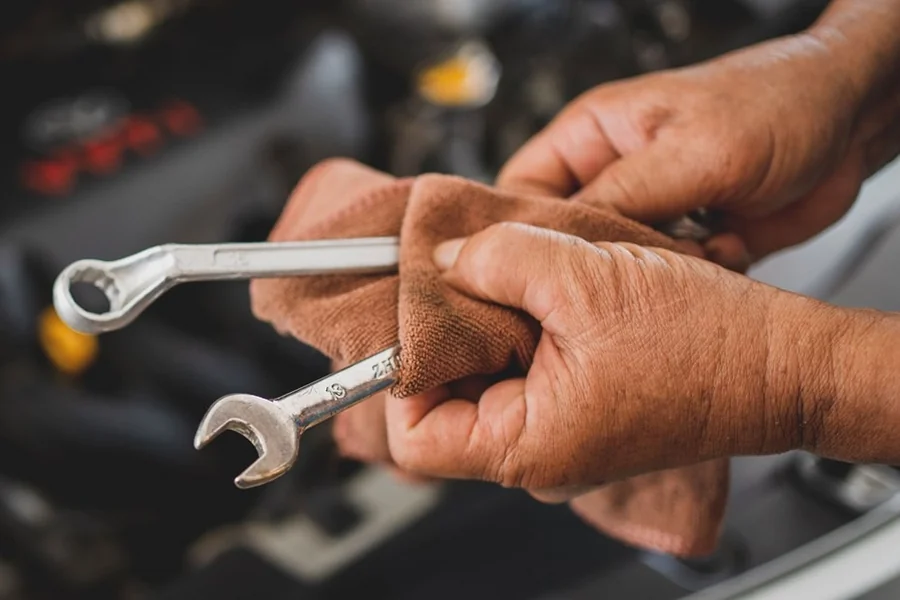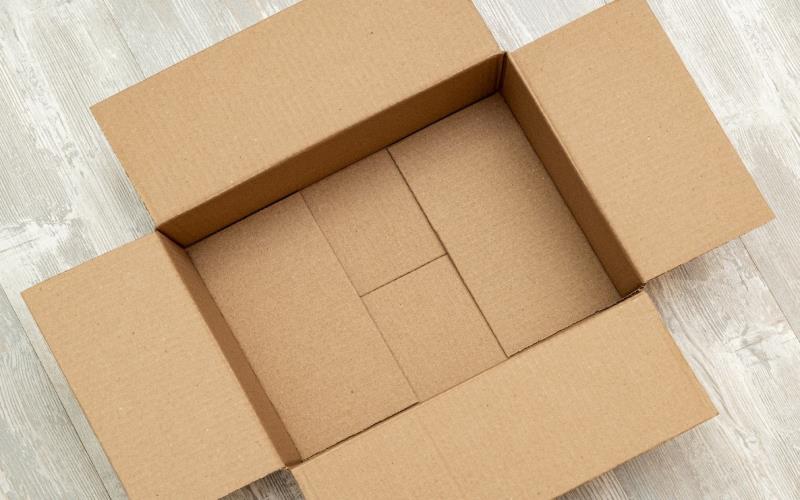Whether you are a professional tradesperson or a weekend DIY enthusiast, your tools are some of your most valuable assets. Tools make projects easier, safer, and more efficient. However, neglecting tool maintenance can lead to decreased performance, shorter lifespan, and even accidents. Proper care doesn’t just protect your investment—it ensures your tools are always ready for the job. Here’s a detailed guide on how to maintain and care for your tools effectively.
1. Understand Your Tools
The first step in maintaining your tools is understanding their purpose and limitations. Every tool, whether hand or power-operated, comes with specific instructions from the manufacturer regarding use, maintenance, and storage. Always read the user manual thoroughly before using a tool for the first time. Knowing the correct way to operate a tool reduces unnecessary wear and tear, ensures your safety, and helps you identify when maintenance is needed.
2. Keep Your Tools Clean
Dirt, dust, and debris can significantly impact the performance of your tools. For hand tools like hammers, screwdrivers, and wrenches, wiping them down with a clean, dry cloth after each use is sufficient. For tools exposed to moisture, such as gardening tools, it’s important to remove mud and grime promptly.
Power tools require extra attention. After use, unplug them and remove dust using a soft brush or compressed air. Avoid using water unless the tool is specifically rated as waterproof, as moisture can damage internal components and promote rust. For oily residues or stubborn grime, use a mild cleaning solution recommended by the manufacturer.
3. Prevent Rust and Corrosion
Rust is a silent destroyer of metal tools. To prevent it, store your tools in a dry environment, ideally with controlled humidity. Consider using a toolbox with a moisture-absorbing packet or silica gel packs to minimize moisture exposure.
For tools that are frequently exposed to water, such as garden shears or outdoor equipment, drying them immediately after use is crucial. Applying a light coat of oil, such as machine oil or WD-40, can create a protective barrier against rust. Wipe off excess oil to prevent dirt accumulation.
4. Sharpen and Maintain Cutting Tools
Cutting tools like knives, chisels, saws, and lawnmower blades require regular sharpening to function efficiently. Dull blades not only make tasks more difficult but also increase the risk of accidents due to slipping or forcing the tool.
For hand tools, use a sharpening stone or file, following the angle recommended by the manufacturer. Power tools such as circular saws may require specialized sharpening or professional servicing. Regularly inspect blades for nicks, cracks, or uneven wear, and replace them if necessary.
5. Lubricate Moving Parts
Many tools contain moving parts that require lubrication to operate smoothly. Hinges, gears, chains, and bearings can seize or wear out prematurely without regular lubrication. Use the type of lubricant recommended by the manufacturer, which might include light machine oil, grease, or silicone spray.
Apply lubricant sparingly to avoid attracting dirt and debris. For tools like chainsaws or garden shears, lubrication during every use cycle can significantly extend their life.
6. Check for Wear and Damage
Routine inspections are crucial for both safety and longevity. Before and after each use, check your tools for signs of damage, including cracks, chips, fraying cords, or loose parts. For power tools, inspect the cords for cuts or exposed wires and ensure plugs are intact.
Replace or repair damaged tools immediately. Using a compromised tool can result in poor performance or serious injury. Keeping a maintenance log for your tools can help track their condition and identify patterns of wear.
7. Proper Storage Solutions
Proper storage is as important as maintenance. Tools should be stored in a clean, dry, and organized environment. Toolboxes, wall-mounted racks, pegboards, or dedicated cabinets are ideal options. Using aluminium tool boxes can provide lightweight, durable protection against moisture and rust, making them an excellent choice for portable tool storage. Organizing tools by type and size not only protects them from damage but also makes them easier to locate when needed.
For power tools, always store them unplugged and in a stable position to prevent falls or accidental activation. Avoid stacking heavy tools on top of delicate ones, and never leave tools on the floor where they may get stepped on or damaged.
8. Follow Manufacturer Guidelines
Each tool comes with manufacturer-specific instructions for care and maintenance. Following these guidelines ensures that you don’t inadvertently void warranties or damage the tool. Some power tools may require periodic servicing, replacement of brushes, or calibration to maintain optimal performance. Keeping the user manual handy or storing a digital copy can save time when consulting maintenance schedules.
9. Seasonal Maintenance
Certain tools require seasonal maintenance, especially those used outdoors. Lawn mowers, trimmers, and chainsaws benefit from end-of-season maintenance, including thorough cleaning, blade sharpening, and lubrication. Storing these tools properly during the off-season prevents rust, corrosion, and mechanical issues when they are needed again.
Hand tools like shovels, rakes, and pruners should also be cleaned and lightly oiled before being stored for long periods. For power tools, consider draining fuel or batteries to prevent damage.
10. Invest in Quality Tools
While it might be tempting to buy cheaper tools, investing in high-quality tools often results in easier maintenance and longer lifespan. Superior materials and engineering withstand wear and are less prone to rust, breakage, or malfunction. High-quality tools also maintain sharper edges, tighter tolerances, and smoother operation, which reduces the maintenance workload over time.
11. Safety First
Maintenance and care are not just about prolonging a tool’s life—they are critical for safety. Dull blades, frayed cords, and loose components increase the risk of accidents. Wearing protective gloves, goggles, and following safety protocols while cleaning, sharpening, or lubricating tools minimizes injuries. Never rush maintenance tasks, and ensure the tool is properly secured or unplugged when performing any care activities.
12. Establish a Routine
Consistency is key to tool maintenance. Setting aside a few minutes after each use to clean, inspect, and store tools properly prevents minor issues from becoming major problems. A weekly or monthly deeper inspection, lubrication, and sharpening session ensures your tools remain in top condition year-round.
Proper tool maintenance is an investment in safety, efficiency, and cost-effectiveness. By cleaning, lubricating, sharpening, inspecting, and storing tools correctly, you extend their lifespan and ensure peak performance for every project. Remember that high-quality tools, combined with regular care, reduce the likelihood of accidents and costly replacements. Establishing a routine maintenance schedule and following manufacturer guidelines keeps your tools ready for action while saving you time, money, and frustration in the long run. A little effort today ensures your tools serve you reliably for many years to come.





